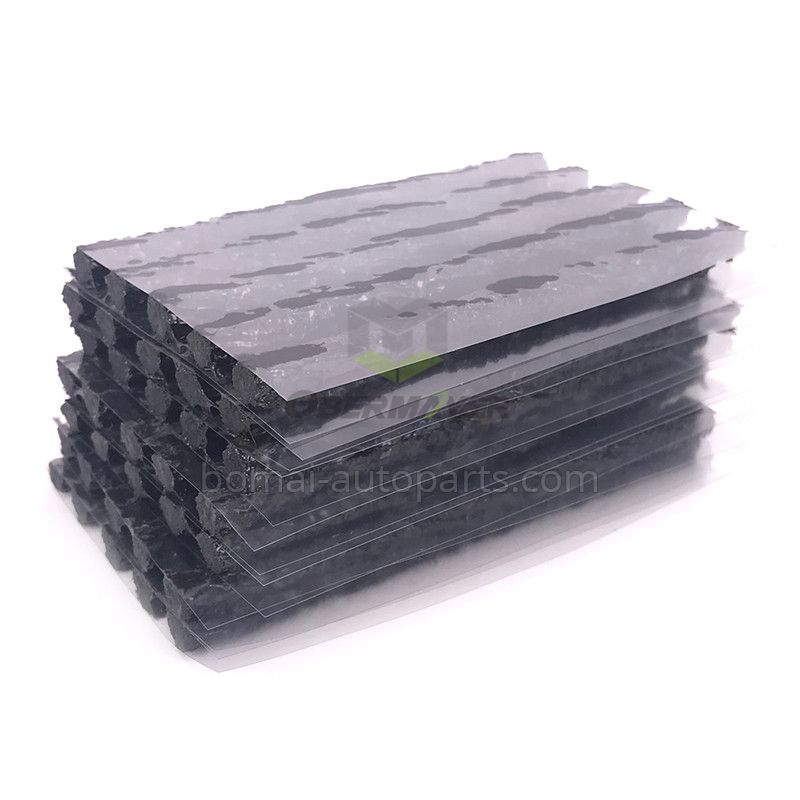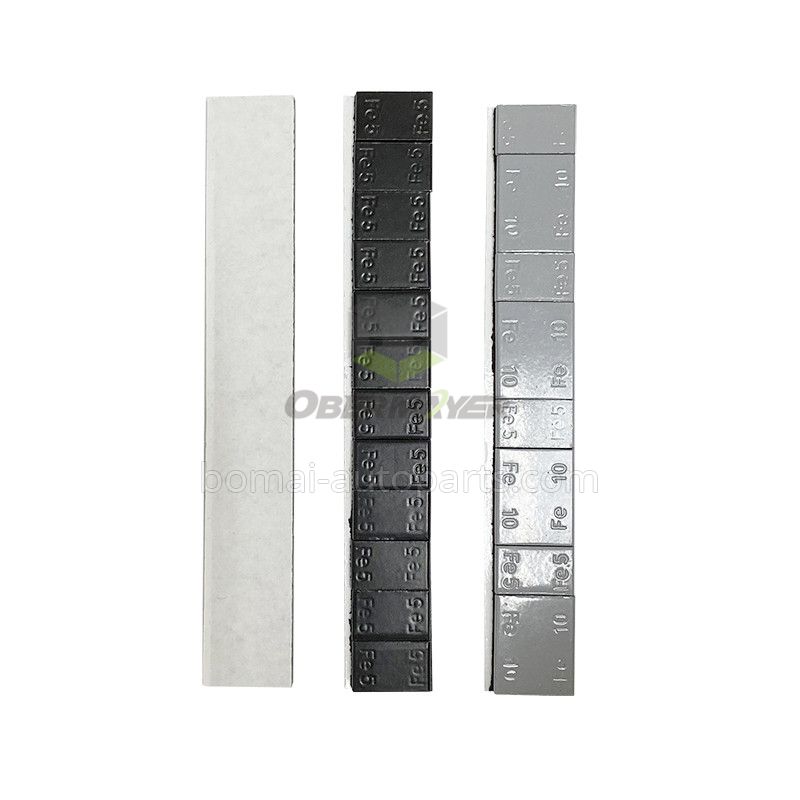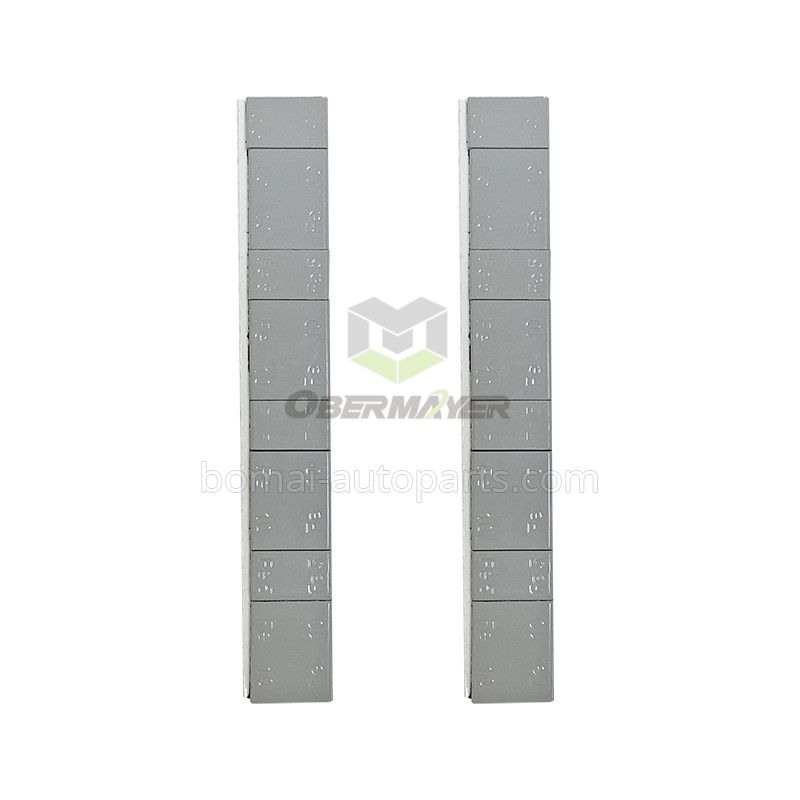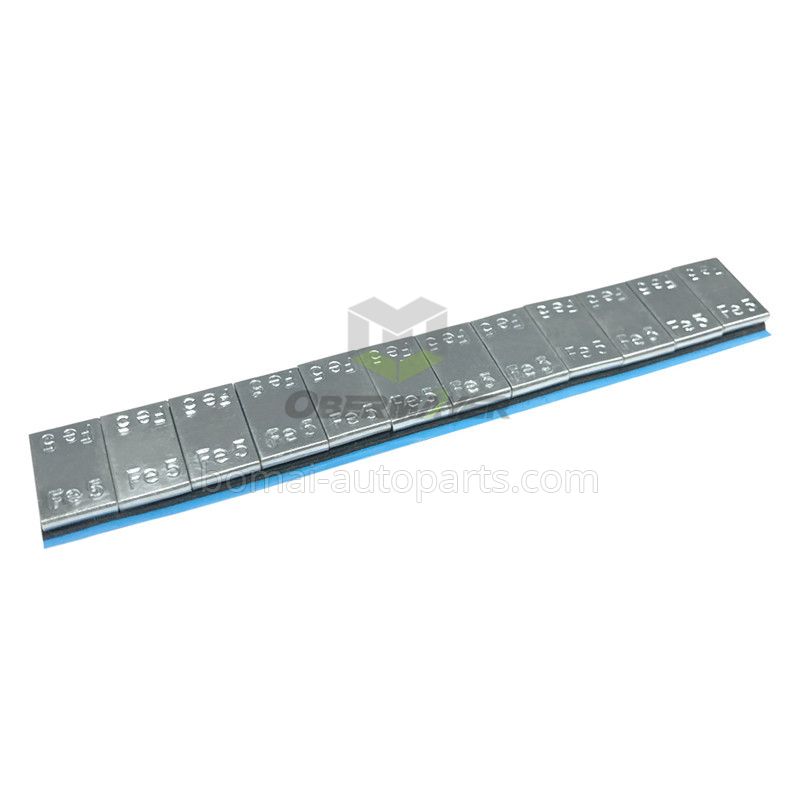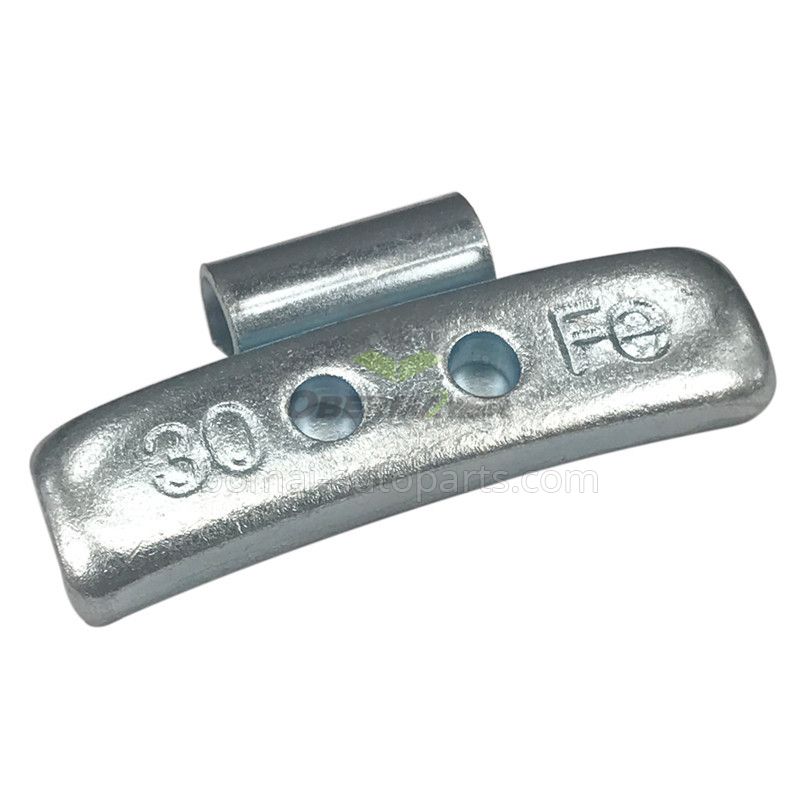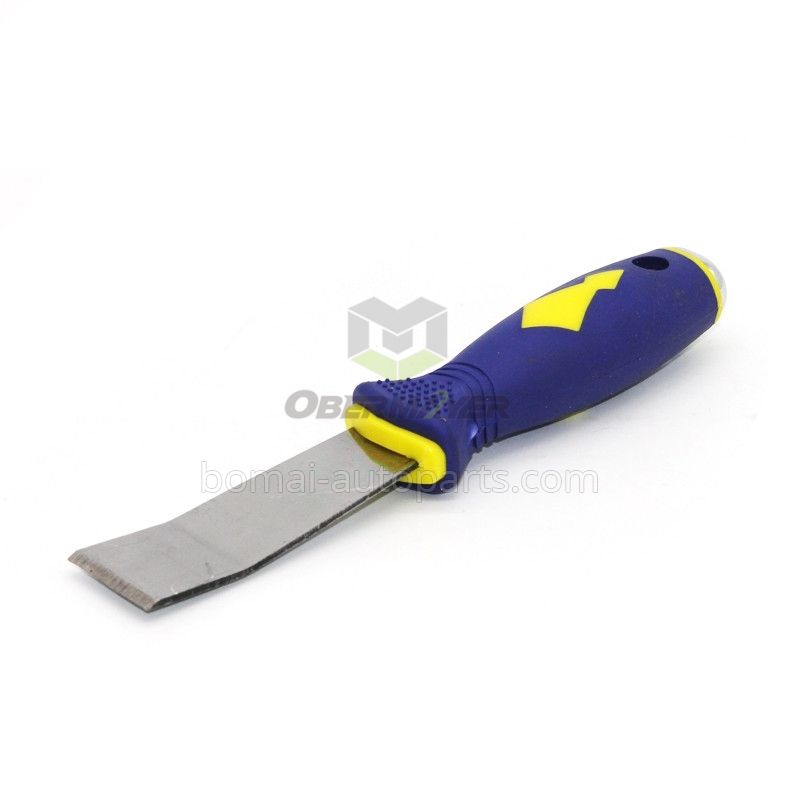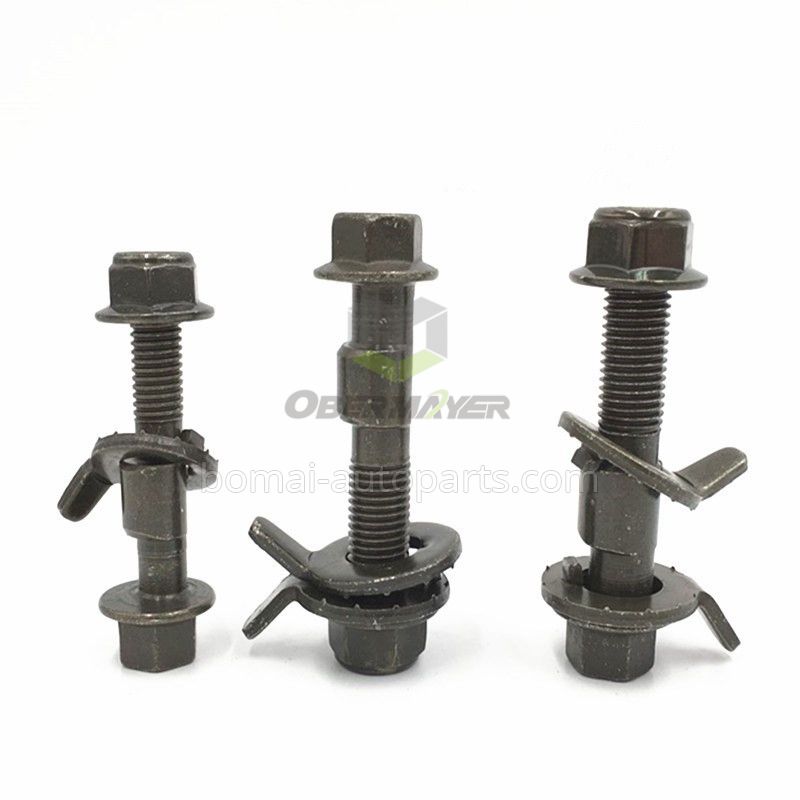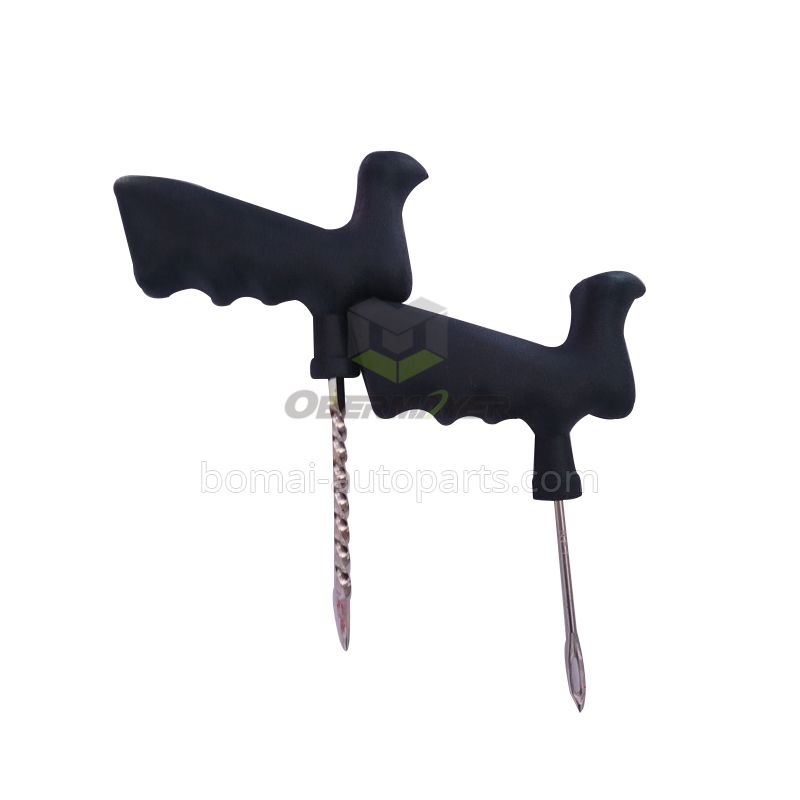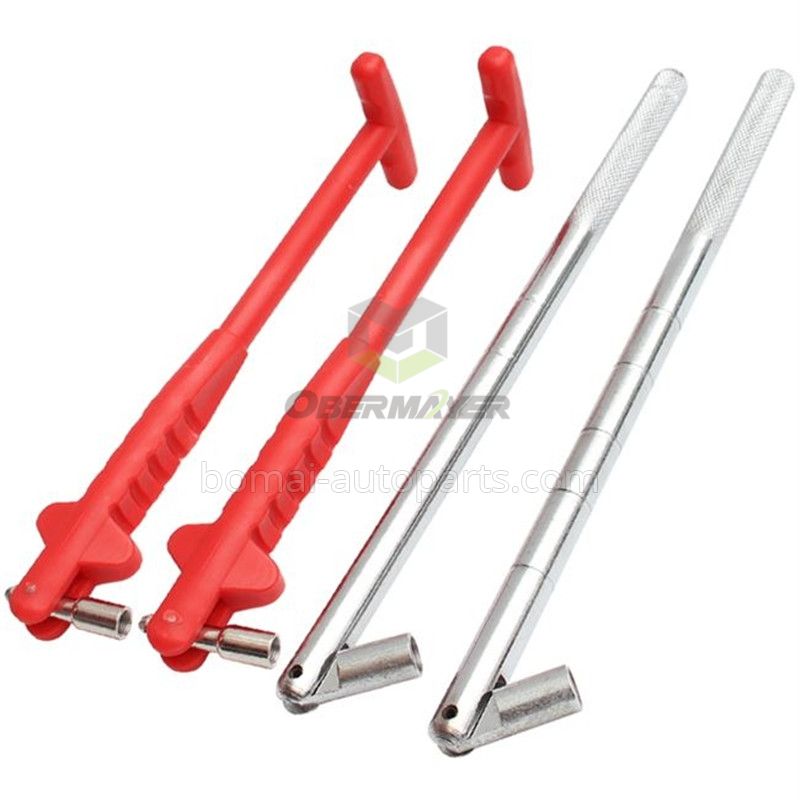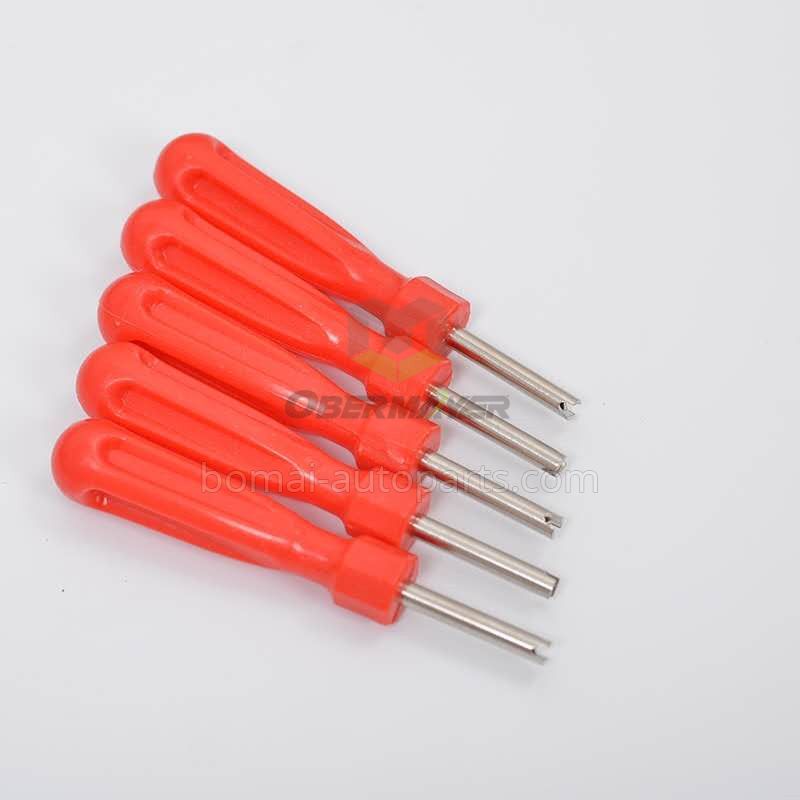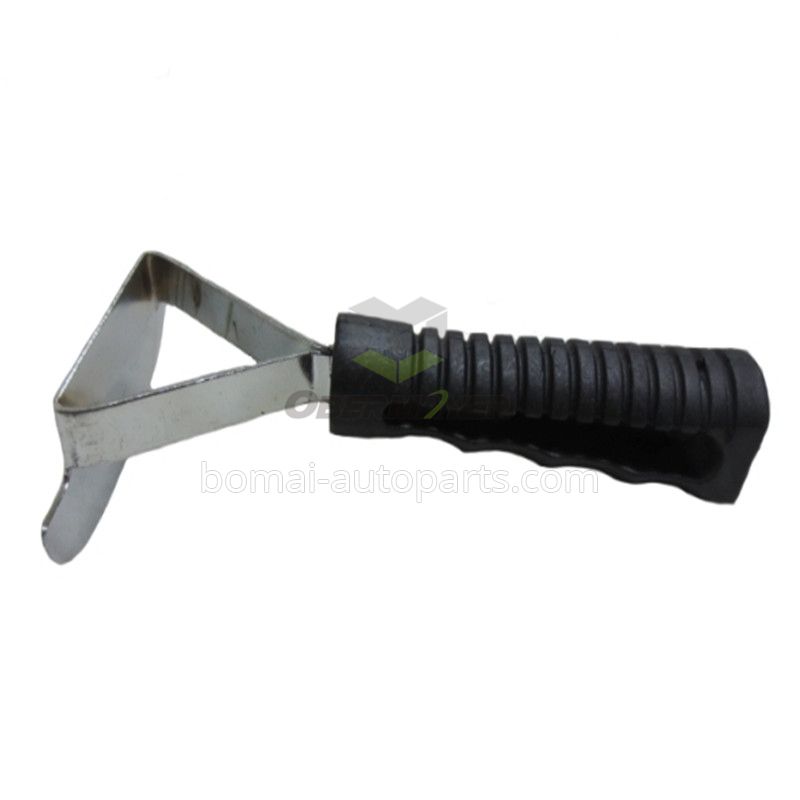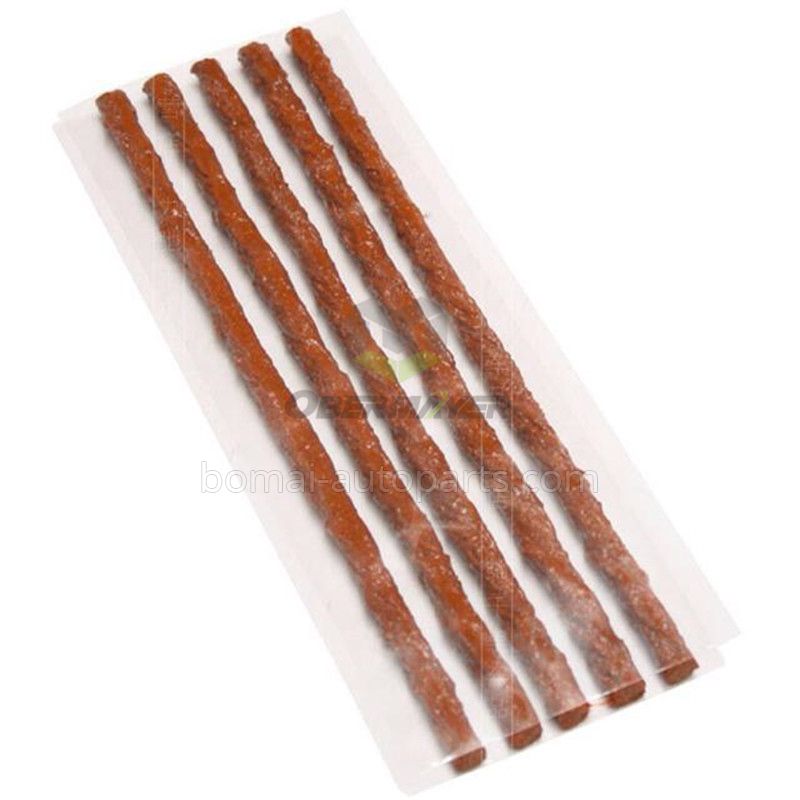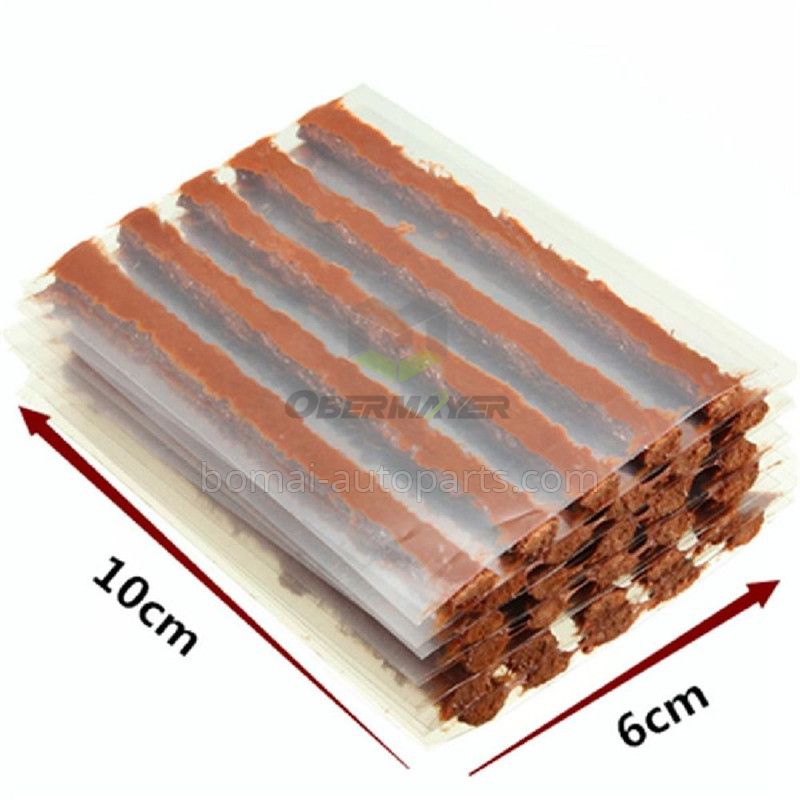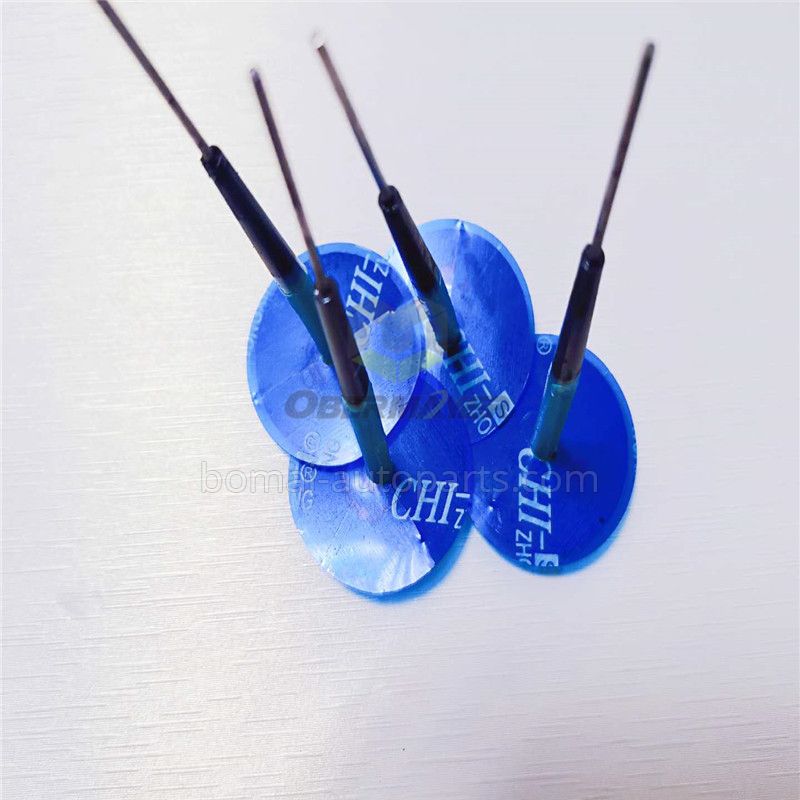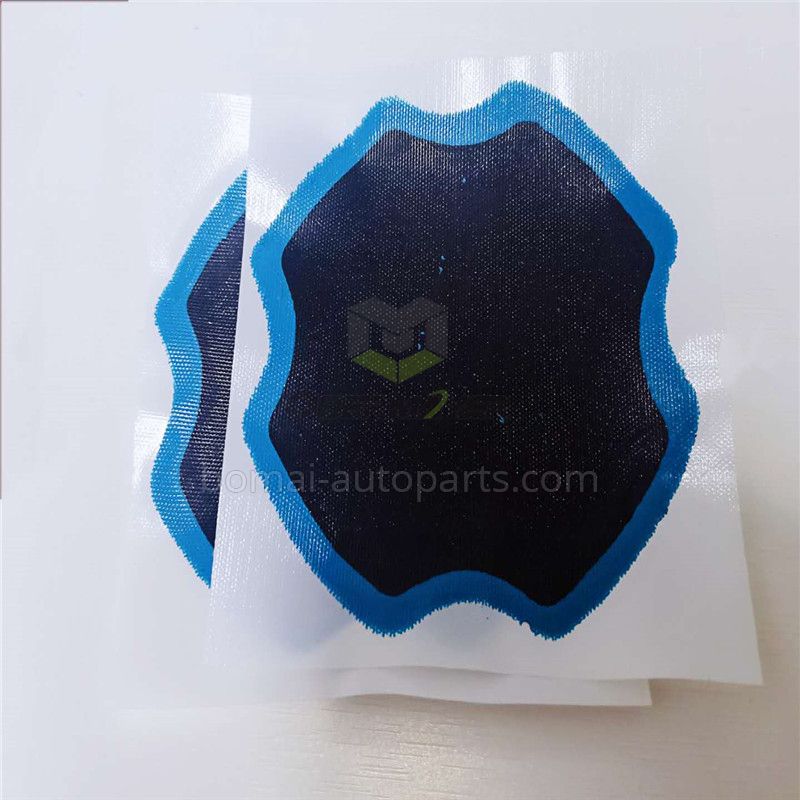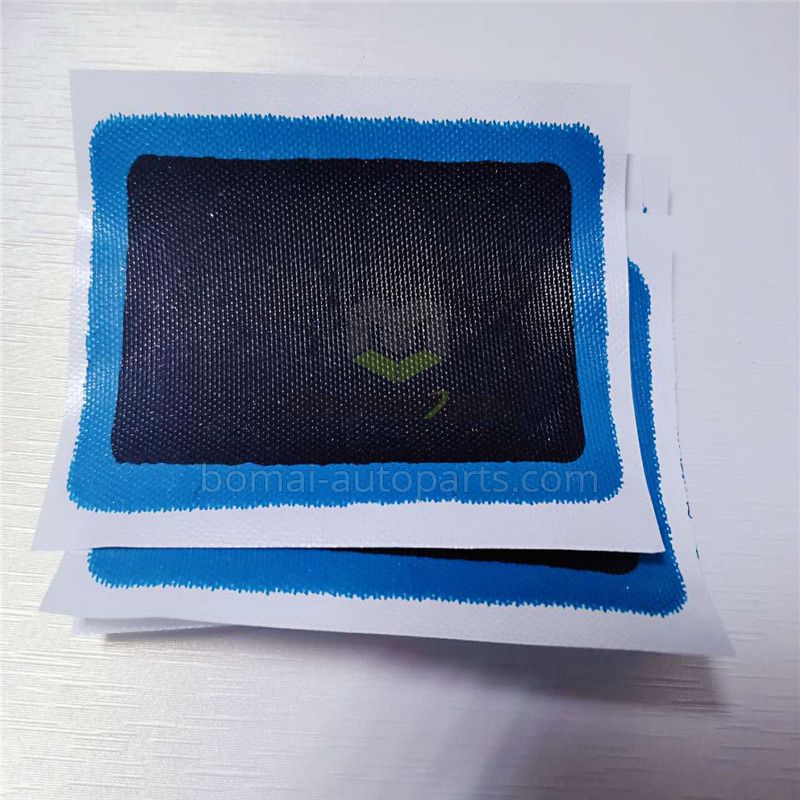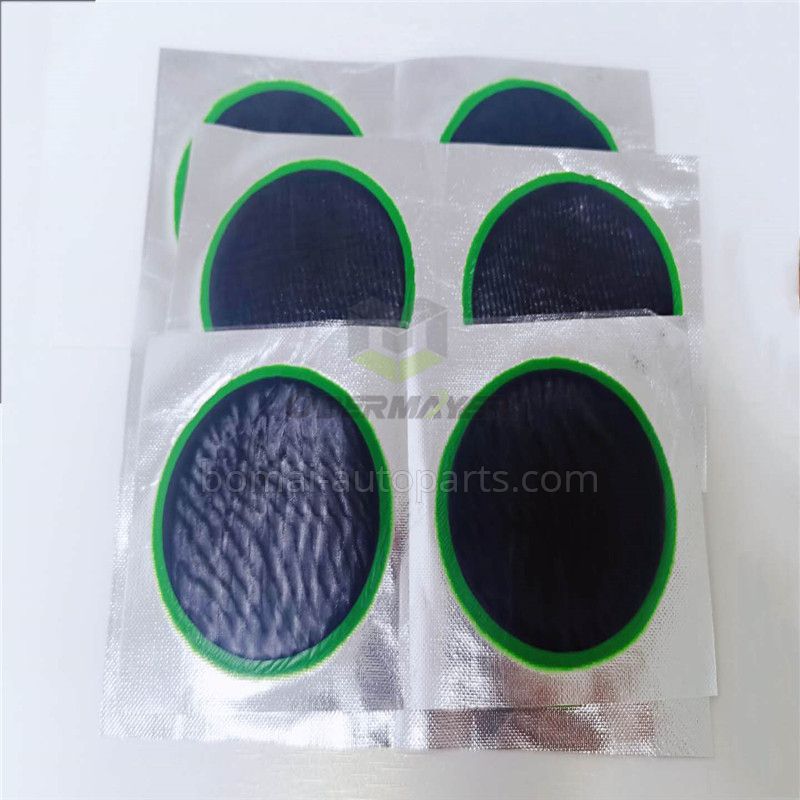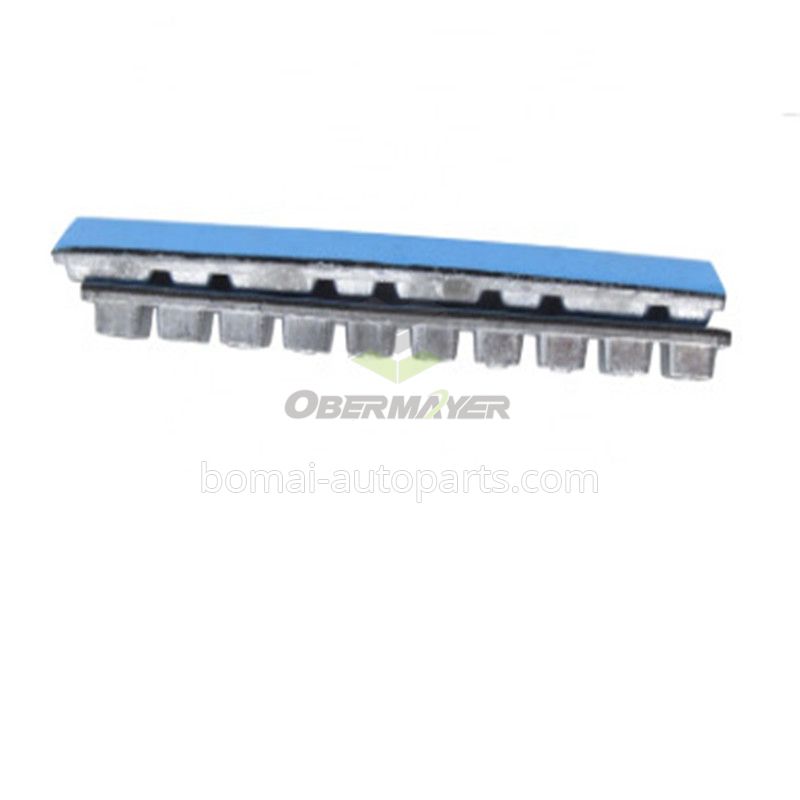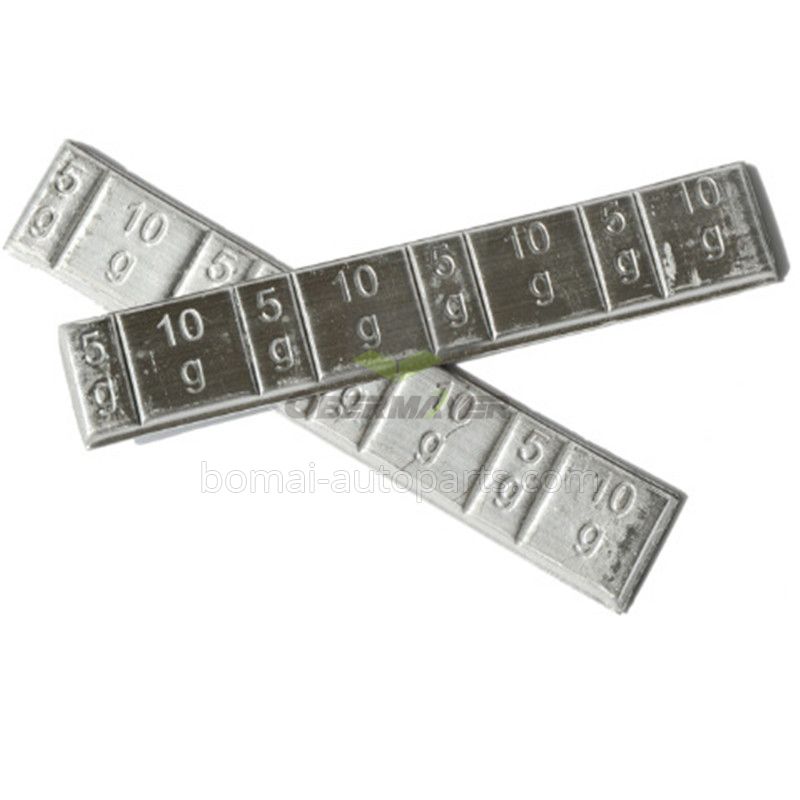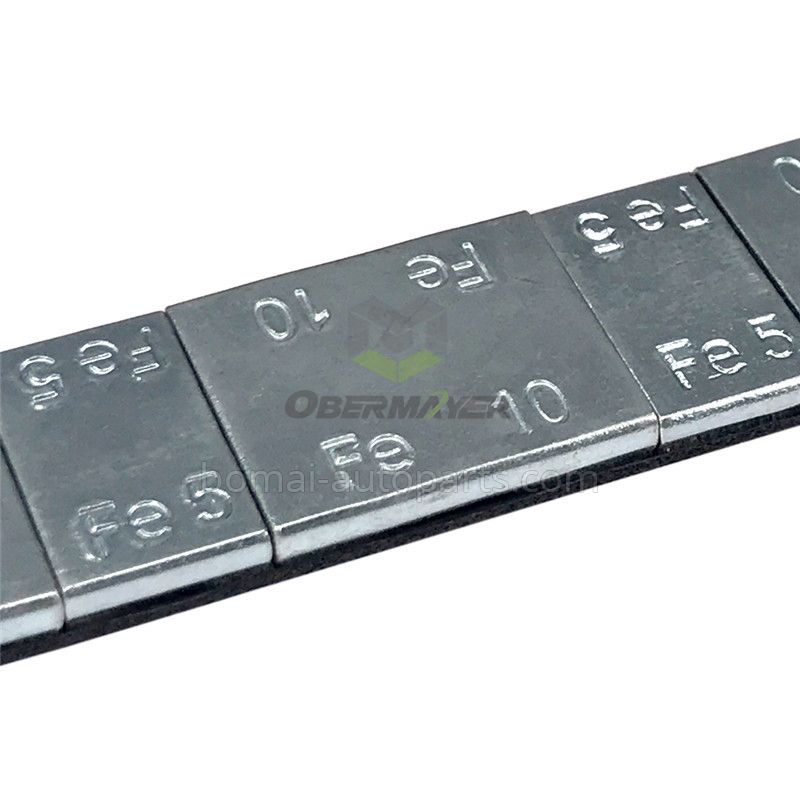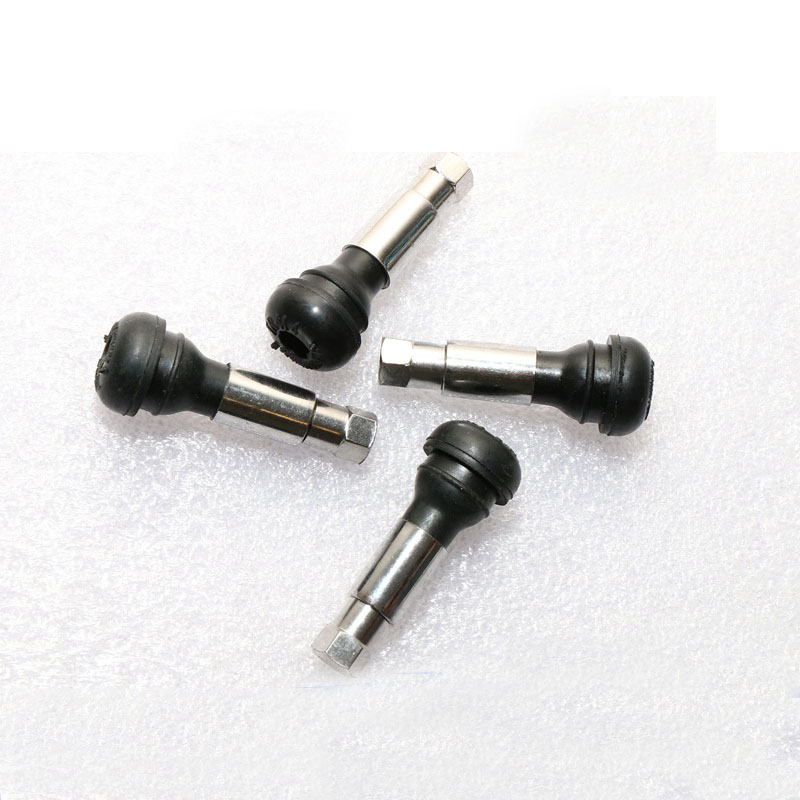How (and When) to Put Air in Your Car Tires
Having the correct air pressure in your car's tires is one of the easiest but most overlooked aspects of routine automobile maintenance. If your tires aren't inflated correctly, it won't matter if you have the most powerful engine, the sharpest steering, or the biggest set of brakes. Things can get bad, and fast.
If your tires are underinflated, which is a far more common problem than overinflated tires, your car's ride, handling, and performance will suffer, the working life of the tires will shorten, fuel economy will drop, and, in a worst-case scenario, you could risk a serious accident. "One of the important things for people to remember is that it's actually the air inside the tire that's carrying the vehicle," says Matt Edmonds, executive vice president of the Tire Rack, the largest online marketplace for tire sales in the United States. "The tire is an important part of your vehicle, in that everything your vehicle does—from accelerating to braking to steering—is transferred from your car to the pavement by the tires."
Having underinflated tires can affect how the car rides, impact the accuracy of the steering, and even cause your fuel mileage to worsen. That's because the wider contact patch (the point where a tire touches the road) of an underinflated tire will be larger and create more friction between the tire and road surface.
Conversely, badly overinflated tires pose some of the same issues, particularly when it comes to how your vehicle reacts in a rapid maneuver or an emergency situation.
Keeping your tires properly inflated will make them last longer—and it's quick and easy to do.
Thankfully, knowing the correct tire pressure for your car or truck is as easy as looking in the owner's manual. You can also routinely find a vehicle-information sticker on the driver's-side door jam. On some vehicles, this sticker might be found on the fuel flap, inside the glovebox, or even placed on the trunklid.
Time and temperature changes can affect the air pressure in your car's tires, sometimes with sudden and dramatic results. "You will lose about one pound of pressure every 30 days from your vehicle. That's completely normal," says Edmonds. So even if you live somewhere with a near-constant climate, you'll still need to keep tabs on your tire pressure.
Rapid weather changes and seasonal temperature swings can have a much quicker effect, however. "For every 10 degrees of temperature change—going up or down—your tire pressure will raise or lower by one pound," Edmonds says.
He adds that extreme temperature swings, like those recently experienced in some parts of the United States, caused a loss or gain of four to five pounds of pressure per tire within only 24 to 48 hours. "This is why TPMS (tire-pressure-monitoring system) lights were going off in cars when it was massively cold this winter."
Even if your vehicle is equipped with onboard tire-pressure sensors, Edmonds advises that having an accurate tire gauge is a wise idea. The less expensive pencil-style ones are fine, though they aren't as accurate and reliable over time. Edmonds says it's smart to invest $15 to $20 for a digital tire-pressure gauge, which has no moving parts and will provide reliable results for many miles down the road.
As for gauges at gas stations, Edmonds offers a warning. "You don't want to rely on a gauge at the end of a gas station's air hose. It's probably been dropped and beaten up."
Whatever you do, he says, never think your tires are fine because they don't look low on air. "We have done tests where we've lowered air pressure by 10 pounds, then challenged the most knowledgeable people out there to spot the difference," he says. "They couldn't."
Edmonds explains that part of the reason is that tires are much better than they once were. "It's really a credit to today's radial tires, especially run-flat tires. Those sidewalls are built to carry the vehicle if there is a blowout and the tire has lost all air."



